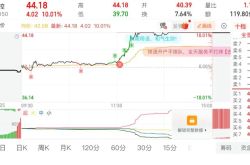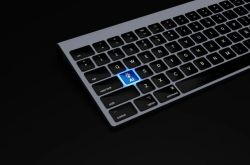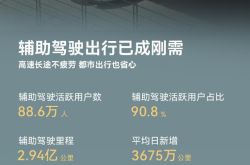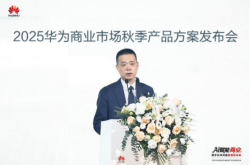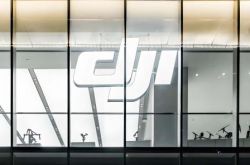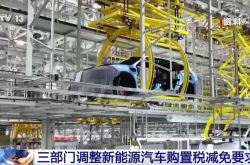What You Should Know When Buying the iPhone Air: 5 Key Questions Answered
![]() 09/22 2025
09/22 2025
![]() 404
404
eSIM technology is revolutionary, and we can only hope for its swift and widespread adoption.
This year promises to be a highlight for Apple enthusiasts. Alongside comprehensive upgrades, the iPhone 17 offers the best value among standard versions in Apple's history. The new iPhone Air has also captured significant attention, marking Apple's first venture into ultra-lightweight design beyond mere screen size, setting it apart as a truly unique offering.
However, while many are already enjoying the iPhone 17 series, those eager to purchase the iPhone Air can only await the 'release date to be announced' notice on the official website. Initially, some speculated that inventory issues were to blame, but this explanation seems implausible. After all, even with limited stock, there would typically be an initial batch available for pre-sale. Therefore, the delay in the iPhone Air's launch is most likely attributed to eSIM compliance challenges.
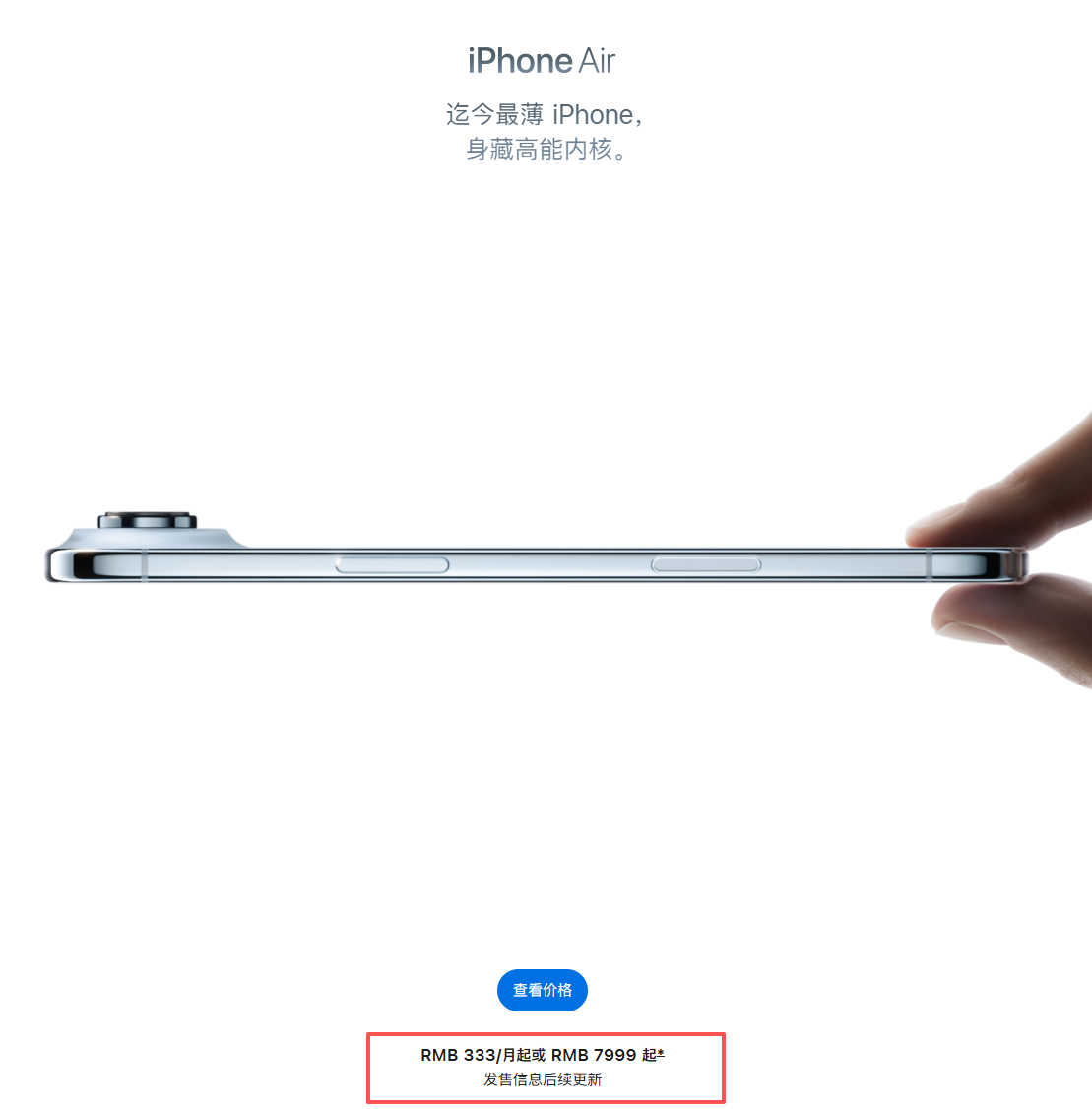
Image Source: Apple
Although China Unicom has secured approval to offer eSIM services in advance to facilitate the timely release of the iPhone Air, it appears that a full-scale launch will only occur after China Mobile and China Telecom receive their eSIM operational qualifications (currently, Apple's official website has updated its overview to include explanations for both China Mobile and China Telecom).
Beijing Telecom officially announced the launch of its eSIM service on September 19. It is reasonable to expect that China Mobile's launch will follow shortly, with nationwide eSIM availability likely to be completed before October. This suggests that the iPhone Air will probably commence pre-sales in October.
As the first eSIM-enabled iPhone to be released in the Chinese market, many consumers have questions. Therefore, Leitech plans to address some of the most pressing concerns in a Q&A format.
What is the difference between eSIM and a physical SIM card?
From a practical standpoint, there is no significant difference between eSIM and a physical SIM card. Essentially, eSIM involves pre-installing a physical SIM card inside the phone (a miniature trusted authentication module). Users can then write the digital ID provided by the carrier into the module through online or offline methods, followed by internet activation for use.
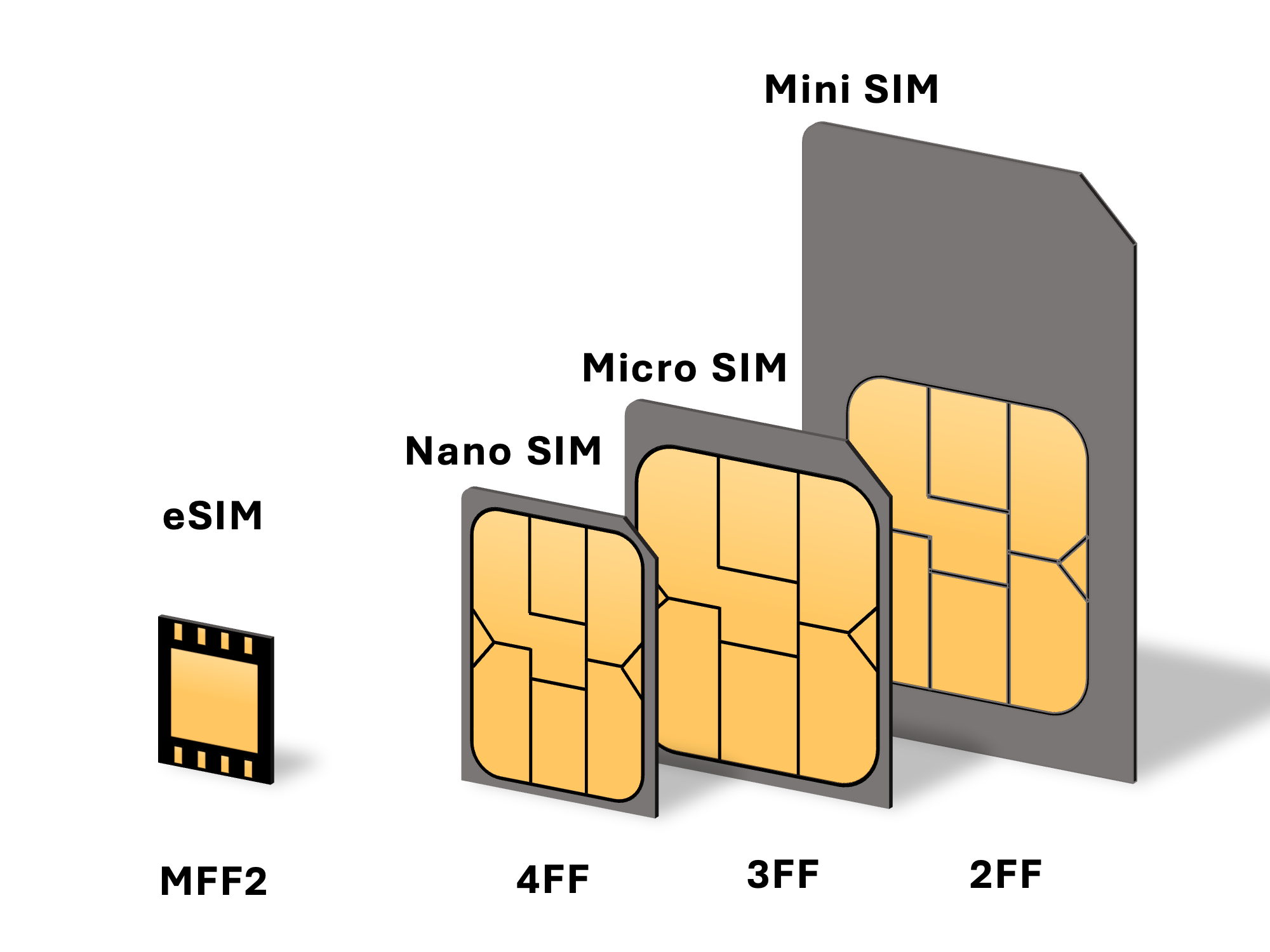
Image Source: Wikipedia
Therefore, the concern among some users that using an eSIM requires changing numbers is unfounded. From an operational perspective, users only need to undergo identity verification to deploy their existing phone number directly onto the phone, with the entire process potentially completed online without the need to wait for a physical SIM card to be mailed.
If you have experience using cellular-enabled smartwatches or iPads, the process for activating eSIM on a phone is theoretically similar to that for watches and iPads. However, the phone's eSIM, being a full-fledged primary card (while smartwatches and iPads use secondary cards dependent on the primary card), involves a more complex activation process.
Additionally, based on the information currently provided by carriers, eSIMs will continue to use the same plan pricing as physical SIM cards unless users actively request changes. Given carriers' reluctance to embrace eSIMs, do not expect them to offer discounted plans to promote eSIMs; at most, they might provide some promotional packages during the initial rollout to attract customers.
Is it mandatory to apply for eSIM in person?
According to the iPhone Air's China Unicom eSIM application guide provided on Apple's official website, users must visit an offline authorized China Unicom location for identity verification to apply. Additionally, Apple recommends that users bring their physical SIM card to expedite the verification process.

To be candid, this process is more cumbersome than anticipated. Moreover, a crucial question arises: do the staff at authorized locations fully understand the eSIM application process? This question is not amusing; from past experiences handling business at service centers, during the initial promotion of a new service, many staff members struggle to even locate the service application portal.
Furthermore, this means that if you purchase the iPhone Air on an online platform like JD.com, you still need to visit an offline location for eSIM verification, turning a simple process of receiving the new phone, removing the physical SIM card, and inserting it into the new phone into a hassle requiring an outing.
On the other hand, considering the large number of iPhone buyers and the limited number of service centers, the queuing and service experience might be unpleasant. The advantage of eSIMs lies in their ability to issue cards over the air, switch carriers and plans at will, and reduce carriers' offline operational costs. However, in China, the process is currently more cumbersome than with physical cards, which is somewhat frustrating.
Nevertheless, it is worth noting that Zhejiang Mobile's announcement explicitly states, 'During the commercial trial period, applications can only be processed at offline self-operated service centers.' This implies that as eSIM management becomes more streamlined, online verification methods will likely be introduced subsequently, eliminating the need for offline visits.

As for the duration of the commercial trial period, well, you'll have to inquire with the carriers.
What are the precautions for using eSIM?
Zhejiang Mobile officially launched eSIM reservation channels on September 19. From the page content, it is evident that users need to make an online reservation before proceeding with the offline application, debunking a previous rumor.
Around September 17, several tech influencers speculated online that the iPhone Air would only be sold as contract phones at service centers and not through other channels. Honestly, this rumor lacks credibility. Not to mention that both Apple's official website and JD.com's homepage feature information about the iPhone Air, but if it were truly sold as a contract phone, creating a separate reservation portal on the app would be redundant.
Additionally, Mobile's eSIM reservation page explicitly mentions that each eSIM-enabled phone supports two eSIM numbers from domestic carriers. The application process for eSIM numbers includes various options such as 'new connection, SIM replacement, SIM reissue, suspension/reactivation, cancellation, and number portability.' Moreover, each eSIM-enabled phone can activate two eSIM numbers from domestic carriers per month.
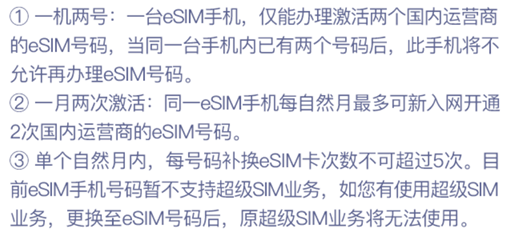
Image Source: Mobile
In other words, Mobile has clearly stated that iPhone Air and other eSIM-enabled phones will not be bound to carrier contracts and support users in freely switching networks and phone numbers, albeit with a limit on the number of switches and potentially requiring offline identity verification each time.
Another point worth noting is that eSIMs and physical SIM cards share the 'one ID, five numbers' quota, meaning the combined total of eSIMs and physical SIM cards cannot exceed five. Furthermore, carriers explicitly state that if there are outstanding fees or other issues with the numbers under a user's name, eSIM applications will not be processed. Friends with unpaid phone bills or who have reached their number quota should handle these issues at the service center accordingly.
Additionally, it is important to note that the offline authentication validity period for eSIMs is only 72 hours (although currently only Mobile has announced this rule, it is likely applicable to all carriers). If the eSIM is not downloaded within 72 hours, a new service center reservation is required for reapplication.
What are the differences between the domestic and non-domestic versions of the iPhone Air?
For a long time, after the release of new iPhones, many consumers have chosen to purchase Hong Kong, Japanese, or U.S. versions for various reasons that can be easily found online. The reason for mentioning non-domestic iPhone Air versions here is that many are curious whether non-domestic iPhone Air models support eSIMs from domestic carriers.
Theoretically, they should, as eSIMs are essentially a string of data that can be used as long as they can be loaded properly. However, Apple has explicitly stated that non-domestic iPhone Air models cannot register eSIMs from the three major domestic carriers, likely because the phone models are not in the domestic carriers' certified device library, meaning they cannot pass certification and thus cannot proceed to eSIM registration.
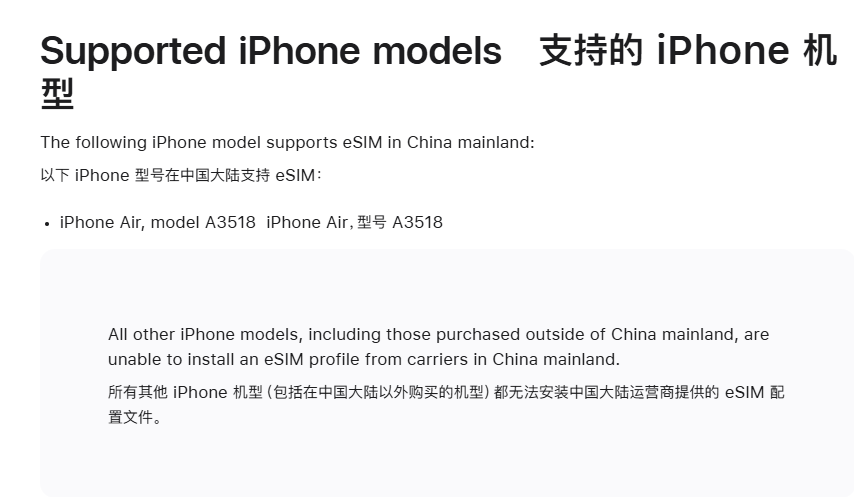
Image Source: Apple
Therefore, if you plan to buy a non-domestic iPhone Air, be aware that without resorting to unconventional methods, you won't be able to use domestic carrier plans. The only option would be Hong Kong's Greater Bay Area plan.
Conversely, the domestic iPhone Air has no such restrictions and directly supports eSIM plans from regions like Hong Kong and Taiwan, as well as multiple countries overseas (location services must be enabled to verify that the phone is not in mainland China), which will be convenient for frequent overseas travelers.
Will the iPhone Air drive the widespread adoption of eSIMs?
Honestly, I initially thought the iPhone Air wouldn't be released in China, given the country's cautious stance on eSIM services. In the past two years, many carriers have even suspended eSIM services for devices like smartwatches, with only smartwatches from well-known brands like Apple Watch, Xiaomi, and OPPO still able to obtain eSIMs through China Unicom.
However, the iPhone Air has successfully launched and is likely to spark a wave of eSIM phone adoption. At least based on currently disclosed information, Huawei's next flagship phone will probably also support eSIMs, becoming the first domestic phone to do so.
As eSIM services mature, it is expected that manufacturers like Xiaomi will follow suit, freeing up internal phone space that could significantly improve battery life. In fact, the iPhone Air's exclusive support for eSIMs is to make room for the battery; to fit a 3000mAh battery into its lightweight design, every millimeter of space had to be utilized.
Regardless, the iPhone Air has breached the eSIM 'wall,' creating the first gap. Hopefully, more convenient methods like online authentication will be widely adopted soon. Otherwise, having to visit a service center to activate a phone would indeed feel like a step back in time.


